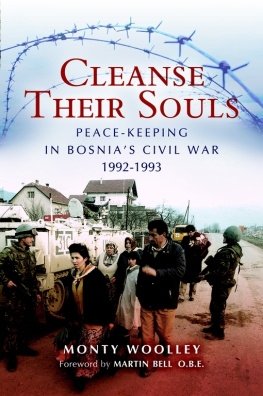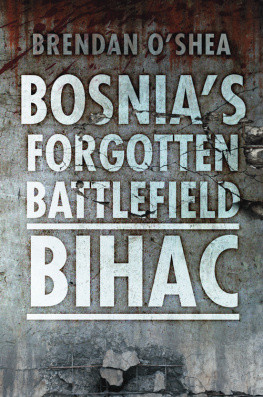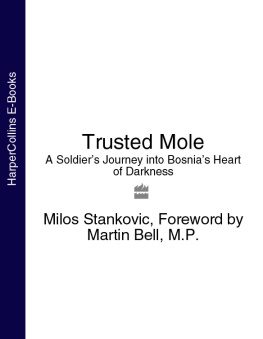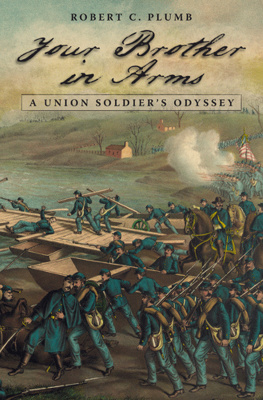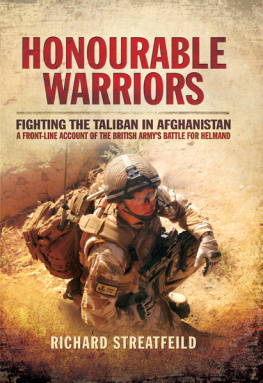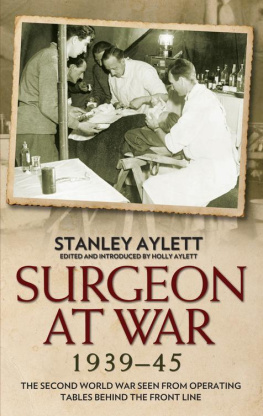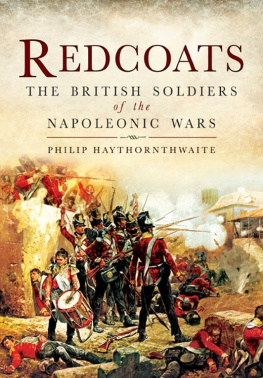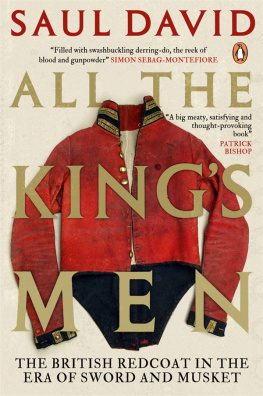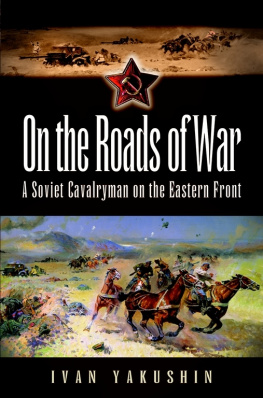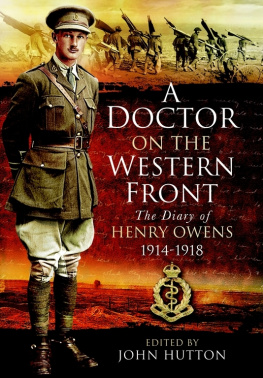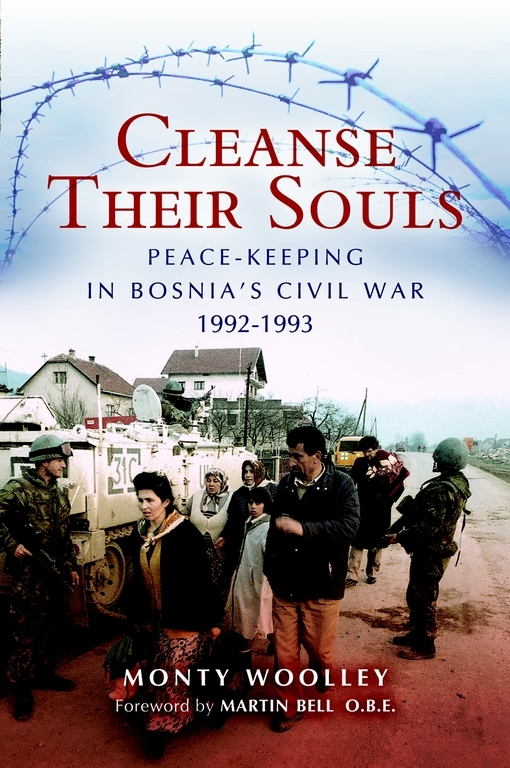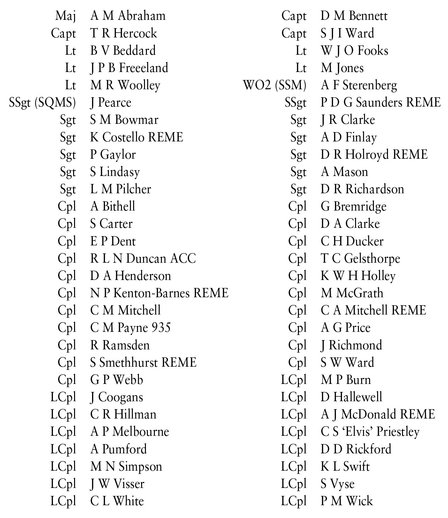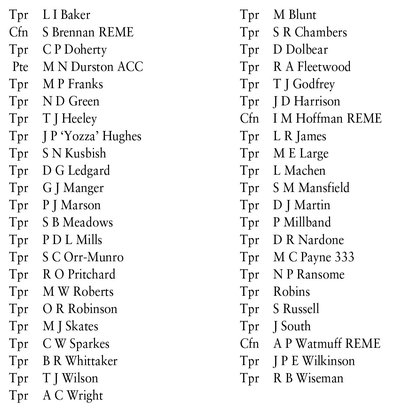EPILOGUE
THE HAGUE
Five men indicted on 10 November 1995 for war crimes perpetrated during the massacre of Ahmici voluntarily surrendered themselves on 6 October 1997. Quite by coincidence this was one month before the 9th/12th Royal Lancers deployed to Bosnia for a six-month tour of duty as part of the British contribution to SFOR. Holding the rank of captain and appointed Operations Officer, I was later to come into contact with aspects of the International Criminal Tribunal for Yugoslavias (ICTY) internationally collaborative procedure. Executed by special SFOR units, People Indicted For War Crimes (PIFWC) would be seized and immediately extracted to The Hague. It was in the spring of 1998, following these five surrenders, that, from our base in Mrkonjic Grad, I was contacted by the ICTY. They requested me to rendezvous with them in Zenica prior to going to Ahmici to retell the story in a series of official statements as I had witnessed it. Having met with Al Moskowitz, we surveyed the shattered landscape of Ahmici and retraced the steps of my patrol of exactly five years before, an event that is described at the beginning of this book.
The visit was an important exercise for the ICTY, a visit where the credibility and detail of my evidence was realized. A subsequent visit to Ahmici months later was eventually to lead to me giving evidence in person at The Hague. The case of the five men who surrendered and a sixth man who was seized twelve days later was known as the Kupreskic case. The original indictment included two additional accused men. On 19 December 1997 Trial Chamber II granted the Prosecutions request for leave to withdraw the indictment against Marinko Katava on the grounds that there was insufficient evidence. On 23 December 1997 the Prosecution was granted leave to withdraw the indictment against Stipo Alilovic following his death. The amended indictment alleged that during the armed conflict between the forces of the Croatian Community of Herceg-Bosna, the Croatian Defence Council (HVO) and those of the government of Bosnia and Herzegovina, from January to May 1993, the HVO systematically attacked villages chiefly inhabited by Bosnian Muslims in the Lasva River Valley region of central Bosnia. The accused were charged for their alleged involvement as HVO soldiers in the persecution of Bosnian Muslims in the village of Ahmici-Santici and its environs from October 1992 to April 1993 and in participation in an attack on Ahmici on 16 April 1993. The report states that during the attack the village was shelled from a distance and then groups of HVO soldiers went from house to house attacking Bosnian Muslim civilians and burning their houses, barns and livestock. The trial started on Monday 17 August 1998.
JUDGE CASSESSE: I trust everyone had a good lunch Counsel Radovic.
Counsel Radovic: Thank you Your Honour.
Q. Tell me, Major Woolley, as far as I was able to understand, you are an infantryman, or armoured units, or what is your category?
A. Im from an armoured reconnaissance unit, cavalry.
Q. Does artillery come under your specialist training?
A. Not under my specialist training, no.
Q. And what about anti-aircraft guns, is that part of your training too?
A.... No but I have a good all-round knowledge of the all-arms battle, and that includes air defence and artillery, and infantry work and armoured work.
Q. Did you see anti-aircraft guns, the ones that the HVO had at their disposal in the surroundings of Vitez, did you personally see them?
A. I didnt see the guns, but I saw fire from a gun, from an HVO area, which with its rate of fire, the size of the tracer, the trajectory of the gun, made me understand that they were clearly anti-aircraft guns.
Q. How did you know that it was a 30mm anti-aircraft gun?
A. I didnt know it was a 30mm gun, I said it was between 20 and 30mm, because anti-aircraft guns are normally anything between 23mm, 20mm, sometimes as little as 12.7mm and sometimes as much as 40. Thats why I said between 20 and 30, roughly.
Q. Very well. Do you know, in concrete terms, what anti-aircraft guns were at the disposal of the HVO and the Muslim side?
A. I think most of the units had former JNA weapons, and most of these weapons are based on Russian or Soviet type patterns, the ZPU or ZSU type anti-aircraft guns. Mainly ZPUs, ZPU-4 12.7mm, 20mm, some 23mm and even 57mm in some cases.
Q. Very well. Im now interested in knowing how you decided upon this category between 20 and 30mm.
A. The rounds that were fired over the hillside had firing intervals in that, Im saying the rate of fire showed me that they were, first of all, not machine gun, which puts them in a larger bracket Okay? They were also not of a rate of do you want me to continue, or are you going to talk?
Q. Yes, you can carry on. I can ask you the next question in that regard. Do you know that anti-aircraft guns are conceived in such a way as to have limited possibility for reducing the barrel downwards, just like with tanks, you cant raise the barrel upwards, which is the case with Russian tanks, for example. And this one cant go downwards. Do you know of that fact?
A. Thats not correct. You can depress an anti-aircraft gun to fire in a direct role, and in fact, I was fired on by Serb guns in January over near Kladanj, where anti-aircraft guns were fired at me in a direct role from the other side of a valley.
Q. But do you know whether it was the same type of weapon, because I imagine that not all types have the same combat possibilities?
A. Anti-aircraft guns can fire in the direct role and they can be depressed. They can be elevated up to the vertical and, in fact, beyond it, all around 360 degrees. Soviet anti-aircraft guns fire in all directions, including on a flat trajectory on the horizontal. The flat trajectory of the ammunition going across the valley shows that the rounds were of a high velocity. They were being fired at a rate of fire where there were about up to, say, ten tracer element or rounds in the air at any one time, and this is consistent with an anti-aircraft gun. Tanks fire rounds one at a time. Machine-guns fire with a rapid rate of fire where you have a lot of rounds in the air of a much smaller nature.
Q. Tell me what the time was when you filmed the men carrying the weapons.
A. Which men carrying which weapons?
Q. On the photograph that was shown to you. One photograph shows people not wearing uniforms with automatic rifles, and Im interested in knowing when that picture was taken.
A. That picture, if youre referring to the picture that has two men in brown jackets carrying AK-47s, that was taken at about 11.00, 11.30 in the morning.
Q. On their civilian clothing did they have any signs showing that they belonged to any army?
A. No, they didnt.
Q. What, according to the rules of the British army, would you do with individuals carrying firearms, without having any insignia as belonging to an army? Which category would you place those individuals in?
A. Depends how they are dressed.

